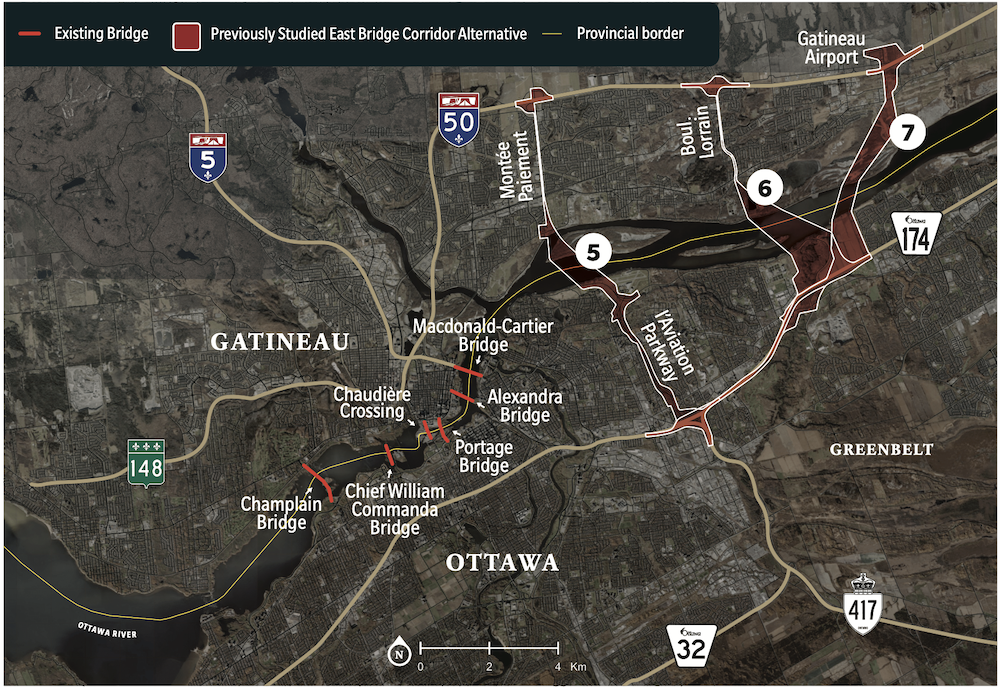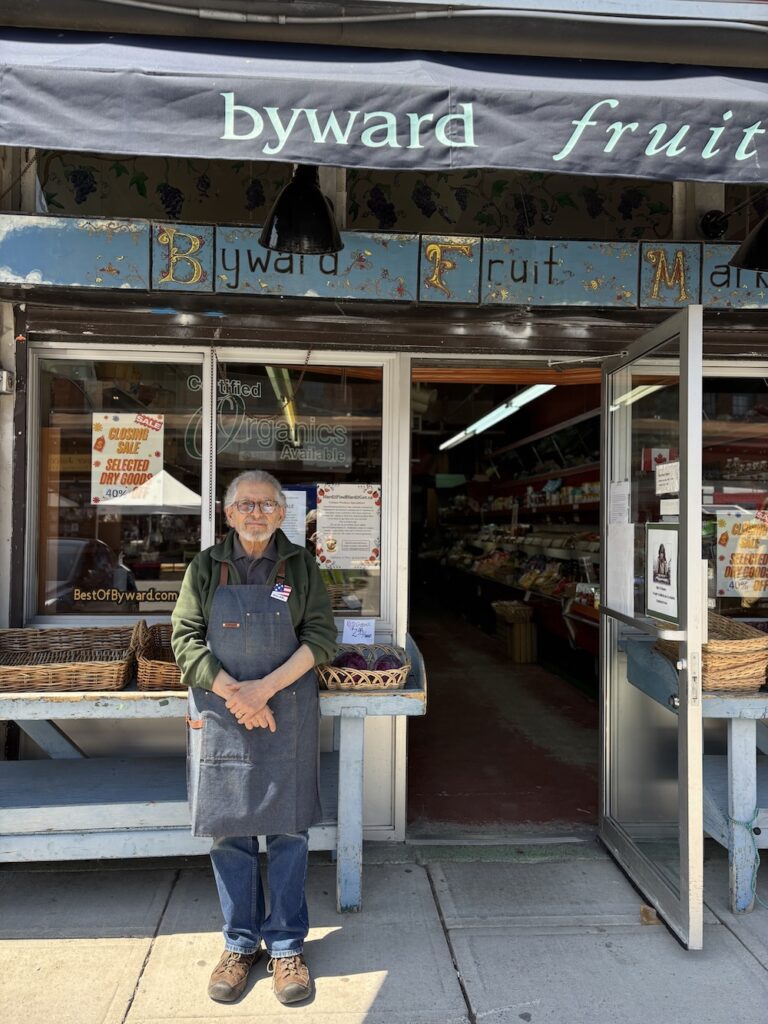Having the courage to change
By Josiah Frith, Lowertown Community Association
There was a time when horses ruled Ottawa’s streets, pulling carts, carriages, and wagons through Lowertown and beyond. But the charm wore thin. Horses were unpredictable, left the roads filthy with manure, and limited the city’s ability to grow.
So came the trains. By the mid-1800s, rail lines were laid down through the heart of what was then Bytown. Trains ran alongside the canal to Union Station, opposite the Château Laurier, before crossing the Alexandra Bridge into Québec. But steam and diesel trains brought pollution, noise, and a physical barrier that divided communities. In the 1960s, as part of the Gréber Plan, downtown rail lines were torn out. What seemed permanent was removed in a generation and was replaced with parkland and scenic roads like Colonel By Drive.
Then came the automobile. Roads were widened and King Edward Avenue became a truck route. We thought we had found the perfect balance of mobility and modernity. But we didn’t understand what we were trading away. Pollution, congestion, danger to pedestrians – especially in Lowertown – took the place of tracks and freight yards. Once again, a quick fix for yesterday’s problems created tomorrow’s crisis.
We’ve done this more than once. The lesson is not to keep replacing one problem with another. The lesson is that just because something is built doesn’t mean it’s right or permanent. The trucks that barrel down King Edward every day don’t have to return tomorrow.
A smarter bridge and a better network
The proposed sixth interprovincial crossing at Kettle Island offers a rare chance to correct course. It’s not about moving trucks from one neighbourhood to another. It’s about spreading regional traffic more equitably, especially truck traffic that now cuts dangerously close to schools and homes in Lowertown and along Rideau Street.
On the Québec side, the bridge would connect to Montée Paiement and Autoroute 50. On the Ontario side, it would link through the Rockcliffe and Aviation Parkways to the 417, thence down to Hunt Club Road, Highway 416, and ultimately to the 401. This would complete a long-missing freight corridor that would help regional traffic bypass the city core.
This is critical because Highway 50 isn’t a local road. It begins north of Montréal and serves major industrial, cargo, and manufacturing hubs in Mirabel, Saint-Jérôme, and the Montréal North Shore. Trucks use it to reach Ottawa from the east because it avoids Montréal’s congestion, but the middle leg still dumps them into our downtown. That’s the missing link the new crossing would solve.
Some have raised concerns about protecting the greenspace along the Aviation and Rockcliffe Parkways. And they’re right. Parkland must be protected. But what’s proposed is not a six-lane urban freeway. With proper design, this corridor can look more like the Lac Leamy area in Gatineau, where a distinct highway is buffered by parkland, with trails and trees intact. That’s far more equitable than King Edward today and closer in spirit to the beautiful tree-lined boulevard it once was.
Hunt Club was always a ring road
This crossing also unlocks the potential of Hunt Club Road. Already a de facto ring road, it links the 417 to the 416. The new bridge would tie into this existing corridor, completing a bypass that allows truck traffic to stay out of downtown entirely. The new bridge would also help neighborhoods like Orléans, which currently have no good way to reach the Gatineau side without battling downtown congestion and truck traffic on King Edward and the Macdonald-Cartier Bridge.
In fact, we should ask whether Hunt Club Road ought to become a provincially or federally maintained roadway. It serves regional and interprovincial movement, yet remains a municipal responsibility. That’s an opportunity to align resources with use and possibly benefit the businesses and communities along the route.
We can also act now
Lowertown residents can’t wait another decade for relief. The city’s own Transportation Master Plan calls for a redesign of King Edward, yet there’s no announced timeline.
We urge Council to:
- Confirm a start date and timeline for the redesign of King Edward Avenue.
- Use the Portage Bridge as a temporary truck route.
- Pilot smart freight routing by assigning different routes in real time to spread out the impact of truck traffic.
- Support cleaner truck technology and shift more goods to rail.
- Ensure the sixth crossing is federally funded, and led, with equity as a guiding principle.
Some might say we’re just shifting the problem. But we’re not. We’re diffusing it. We advocate for spreading the load, reducing harm, and giving every neighbourhood a break. This isn’t about Lowertown versus Rockcliffe. It’s about learning from history.
We replaced horses with trains, trains with trucks, and now we must do better than just repeat the cycle. We don’t need to eliminate movement – we need smarter movement. We need safer vehicles that can carry more people and goods, consume less energy, and pollute less.
And just like the rail yards that were replaced with parkland, we can reclaim King Edward too. Ottawa’s bicentennial is next year. Let’s celebrate with a commitment to a cleaner, safer, and more equitable city – not by doing what we’ve always done, but by having the courage to change.








